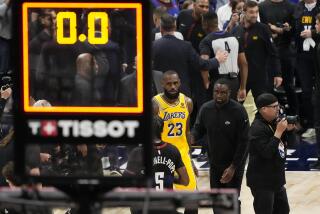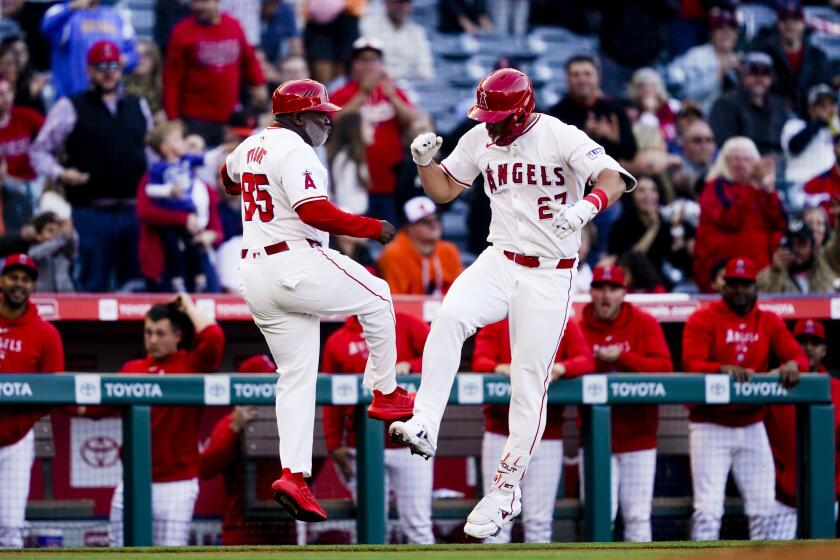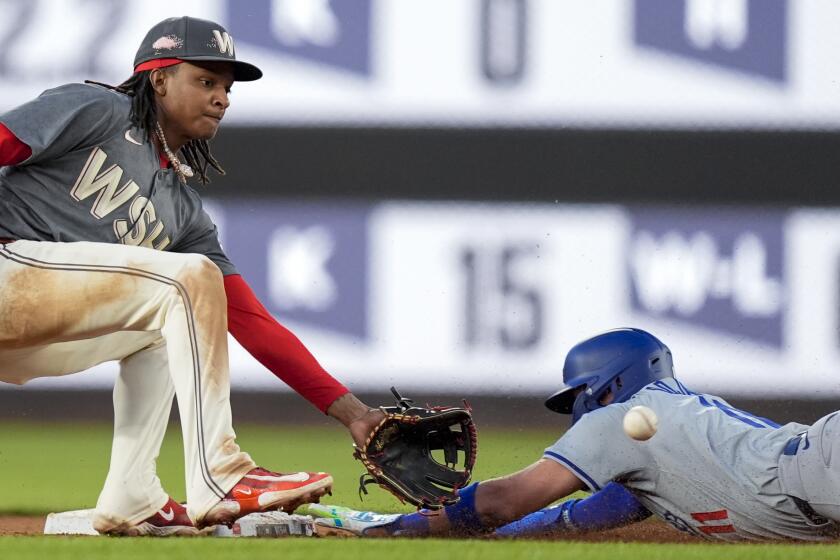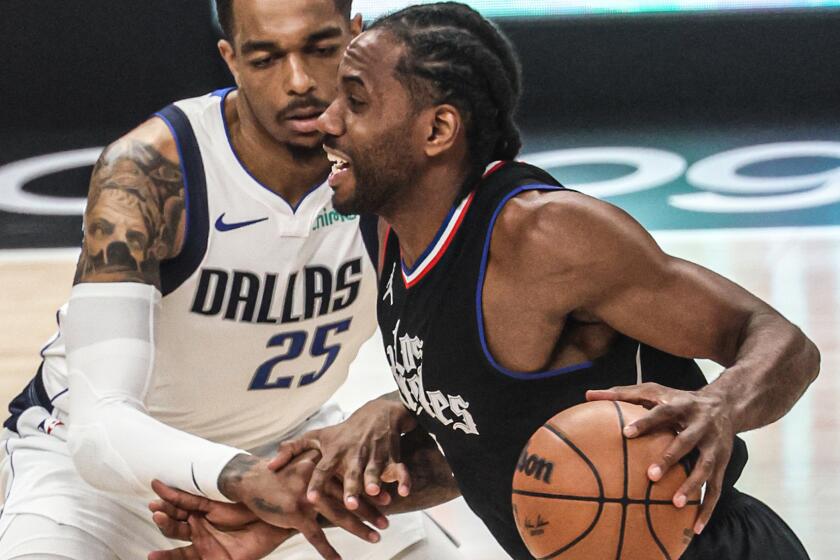Penn State in perspective
As severe as they may be, the penalties that the National Collegiate Athletic Assn. imposed on Penn State University’s football program Monday aren’t likely to have as profound an impact on the school as the scandal that caused revered coach Joe Paterno to be ousted in disgrace last year. The larger purpose of the sanctions — including a four-year ban on bowl games, 40 fewer scholarships, 111 wins revoked and a $60-million fine — is to tell universities across the country that there’s a considerable price to pay for letting their mission become subservient to their athletics programs. Yet the NCAA may not be the right organization to deliver that message, and the broader problem epitomized by the Penn State scandal can’t be solved by imposing temporary punishments on a single institution.
The Penn State situation was unique in many ways, or at least we hope it was. In contrast to the typical NCAA target, there were no alleged improprieties in recruiting, under-the-table payments by boosters or bogus term papers. In fact, Paterno’s program was often cited as the “right way” to conduct college athletics. But as a university-sponsored investigation by former FBI Director Louis J. Freeh revealed, Paterno and other top university officials covered up accusations that longtime assistant football coach Jerry Sandusky was molesting young boys, allowing Sandusky’s predation to continue — on campus, no less — for more than a decade after they were first alerted.
The problem for the NCAA is that the culture that led Penn State authorities to ignore Sandusky’s crimes for the sake of their beloved football program is not unique in big-time college athletics. It’s the same culture that breeds the sort of recruiting, eligibility and financial scandals that Paterno was so good at avoiding. As Freeh put it, “The athletic department was perceived by many in the Penn State community as ‘an island,’ where staff members lived by their own rules.” Many students and alumni at major colleges would utter the same words about their own schools, for which the football or basketball programs have become self-financing juggernauts only marginally engaged in education. The wealth of those programs is due in part to the ability of the NCAA and its member conferences to extract billions of dollars from TV networks for the right to televise games.
The NCAA’s action is notable for its swiftness and its severity, both of which were justified. Much of the initial response, though, has revolved around whether the NCAA moved too fast, imposed too great a penalty on current student-athletes or demanded too little from a program so corrupt. Those debates shouldn’t obscure the fact that yet another major university lost its grip on its athletics program, as the latter’s needs trumped the central mission of the institution. As NCAA President Mark Emmert said: “At our core, we are educators. Penn State leadership lost sight of that.” College presidents and trustees should take a fresh look at their institutions and ask whether the same could be said of them.
More to Read
Get our high school sports newsletter
Prep Rally is devoted to the SoCal high school sports experience, bringing you scores, stories and a behind-the-scenes look at what makes prep sports so popular.
You may occasionally receive promotional content from the Los Angeles Times.






